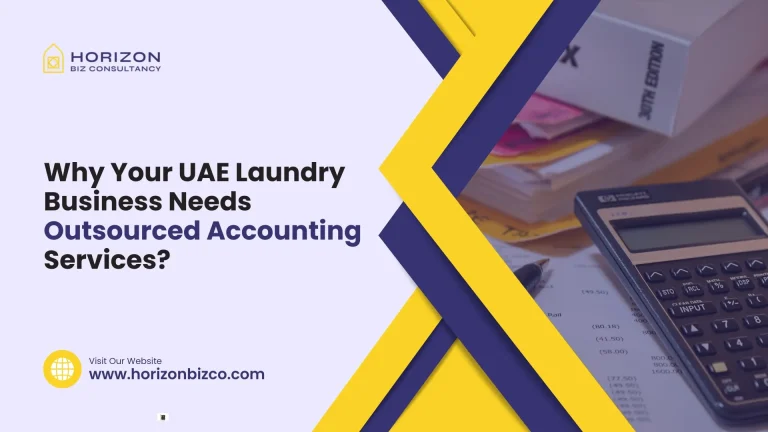Have you heard about Reverse Charge in the UAE but find it confusing to understand? Well, you’re not alone! Reverse Charge is a special VAT accounting mechanism that often leaves businesses perplexed.
Not to worry though – this guide aims to explain Reverse Charge in simple, non-technical language so you can understand everything about it. We’ll cover:
- What exactly Reverse Charge means
- When is it applicable in the UAE
- Step-by-step accounting under Reverse Charge
- Common errors to avoid
- Impact on companies and their finances
So, let’s get started!
What is Reverse Charge?
First, let me explain what Reverse Charge actually is.
In a normal sale, the seller charges VAT from the customer and pays it to the government. But under the Reverse Charge mechanism:
- The buyer is responsible to pay VAT instead of the seller
- The seller does not collect any VAT on the sale
- The buyer pays VAT directly to the government
This upends the usual flow of VAT. Let’s compare this with an example to understand better.
Normal Sale Vs Reverse Charge – An Example
John provides design services worth AED 300,000 to Tina’s company. This is what would happen:
In a normal sale, John would:
- Collect 5% VAT i.e. AED 15,000 from Tina
- Pay it to the government
But under Reverse Charge:
- Tina will self-account and pay AED 15,000 as VAT to the government
- John does not collect any VAT from Tina
So in essence, the buyer accounts and pays VAT instead of the seller under reverse charge mechanism.
When Does Reverse Charge Apply in UAE?
Reverse charge applies on all business-to-business (B2B) services in the UAE that meet both these conditions:
- Value of services is above AED 375,000
- The seller and buyer are registered for VAT
Common services where reverse charge is applicable include:
- Consultancy
- Accounting
- Marketing
- IT software
- Repair and maintenance
Key Notes:
- Reverse charge applies only on services, not goods
- Both the supplier and recipient must be registered for VAT
- It is mandatory if the above conditions are met
Now that you know when reverse charge applies, let’s look at how to account for it.
Step-by-Step Guide to Accounting under Reverse Charge
Accounting properly under reverse charge is critical – but if done right, it is straightforward. Follow these steps:
For Supplier
- Raise invoice for full value of services excluding VAT
- Clearly specify “Reverse Charge Applicable” on the invoice
- Do not collect any VAT on the supply
- Declare the supply as Reverse Charge in VAT returns
For Recipient
- Receive the invoice mentioning “Reverse Charge”
- Account for VAT on the purchase value in VAT returns
- Pay the VAT amount directly to government
- Claim it as input tax credit
Additionally, both parties must maintain proper documentation of reverse charge supplies.
By following these steps correctly, you can avoid issues in reverse charge accounting.
Common Errors and Penalties in Reverse Charge
However, many businesses struggle with reverse charge compliance. Some common errors include:
- Not having proper “Reverse Charge” invoices
- Missing out supplies in VAT returns
- Paying VAT to supplier instead of the government
- Not registering for VAT
These errors can lead to penalties like:
- Additional tax liability
- Fines based on shortfall amount
- Interest on late payments
- Even suspension of registration!
So it is critical for businesses to fully understand reverse charge rules and implementation. Reach out to a VAT consultant if need be.
Impact of Reverse Charge on Businesses
Reverse charge affects companies in the UAE by:
- Increasing VAT registrations – More companies register to reclaim reverse VAT
- Added paperwork and compliance burden
- Changes in cash flows due to upfront VAT payment
As such, businesses should account for reverse charge requirements in their operations and financial planning. Stay updated on any changes in rules as well.
Conclusion
We have simplified the entire reverse charge mechanism for the UAE – from what it means, when it applies, compliance requirements, common issues, and business impact.
Key takeaways are:
- Reverse charge shifts VAT payment responsibility to service recipients
- It applies on B2B services over AED 375,000 in value
- Strict rules must be followed to avoid tax penalties
- It increases paperwork and changes cash flows for companies
We hope you now have clarity on reverse charge implementation in the UAE. Feel free to consult a VAT expert should you need any assistance meeting reverse charge compliance.
FAQs
A: The recipient cannot apply reverse charge and will lose input tax credit if supplier does not provide proper invoice. You should request the supplier for it.
A: No. Reverse charge is mandated by law in UAE for B2B services over AED 375,000 between VAT registered businesses.
A: Companies should register for VAT on priority, train their finance team, evaluate contracts with vendors, and adjust accounting software.
A: The VAT rate remains unchanged at 5% currently. Only the responsibility of paying it shifts to the recipient.





